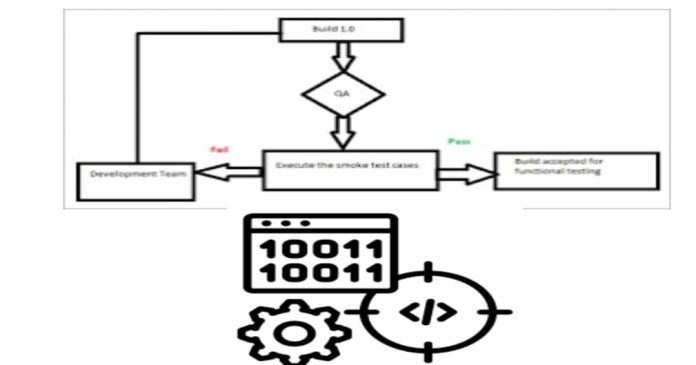Smoke Testing is a type of software testing that checks whether the basic functionalities of an application work correctly. It acts as a preliminary test to reveal simple failures severe enough to reject a software release.
This type of testing is often called *”build verification testing”* or *”sanity testing.”*
Key Points:
1. Purpose: To ensure that the critical paths of the application are working as expected before proceeding to more detailed testing.
2. Scope: Limited to basic operations of the application, such as launching the application, logging in, or basic user interactions.
3. Execution: Performed manually or using automated scripts, typically by QA teams.
4. Frequency: Conducted after each new build to verify that the build is stable enough for further testing.
Benefits:
– Saves time by identifying major issues early.
– Helps in deciding whether to accept or reject a build.
– Ensures stability of the application before more rigorous testing phases.
Smoke testing is an essential step in the software development lifecycle to ensure a stable and functional build.


